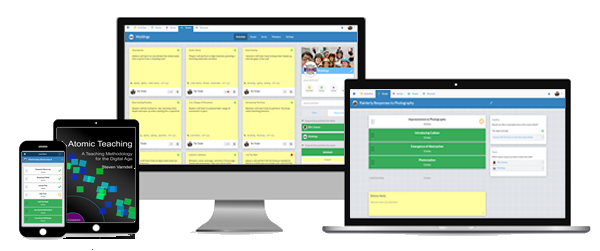
LessonStack is a free lesson planning tool!
Sign up to start dragging and dropping activities into your lesson plans!
Sign up - it's Free!Already a member: Login
 Rex Tangle
:
1h Basic Roller Derby Endurance pt.4
Rex Tangle
:
1h Basic Roller Derby Endurance pt.4
60mins
Made by PoP skater Wild Child.

Roller Derby, Climbing, Art, Music, creator of LessonStack

Sign up to start dragging and dropping activities into your lesson plans!
Sign up - it's Free!Already a member: Login

I skate, train, and ref at Rotterdam Roller Derby as Cherry Bombe #47 since 2022. Before that I skated at The Parliament of Pain The Hague Roller Derby. Have been skating since 2014. I love using LessonStack to write out drills and trainings and share
 Basic on-skates warm-up + stretch
Basic on-skates warm-up + stretch
15
mins
Skaters will skate around a track, doing:
slalom
squats
side-to-side lunges
bum kicks
toe-touch kicks
drunken sailors/crossovers
rotating arms
jog on toe-stops
jog on skates
Dynamic stretch:
Credits: this warm-up and dynamic stretch routine are based on a more detailled plan from our trainer Sterroids
Ask skaters if they are warm
 Black Widow
Black Widow
10
mins
Skaters pair up in teams of two. One of them is skating laps, and the other is doing an exercise in the middle:
Skaters will be finished very fast, and will execute all exercises with excellent form.
 Estafette on skates
Estafette on skates
15
mins
Make groups of 3-5 skaters.
First variation
Place half of the group on one side of the hall, and one half on the other.
When the couch blows a whistle, they sprint towards the other side, then tap their team-mate's hand. Their teammate then sprints back, and taps the next person.
Second variation
Skaters form a line on one hand of the hall.
Etc. Until all skaters are at the end of the hall.
 10min power starts
10min power starts
10
mins
All skaters stand on one side of your training space.
On a signal (whistle) they power start, skate to the other side (10-30m away) as fast as possible, then break and wait there for the next whistle.
During the first three minutes, give them time to have a few seconds of rest in between. You can instruct them to do different kinds of power starts, for example:
Tip: for beginners who have not mastered power starts yet, take more time to explain the different power-starts, and maybe start with just one type. Make sure skaters "lean-in" to the start (by letting themselves "fall forward", turning it into a run instead of a walk). Also make sure skaters get a little air-time inbetween steps. Make sure skaters can take small steps and large steps.
During the next three minutes, speed it up: give skaters júst enough time to reach the other side and be ready to go again. Do this in intervals: three times 30sec. up, 10sec. rest.
During the last three minutes, let skaters do this at their own fastest pace: give them a fixed number of times (for example, 10) to get from one side to the other side, and have them "race" to be the first one done. You can do multiple races.
Tip: for advanced skaters, you can mandate one or another type of stop they will have to do at the end of their lane (plough stop, turn-around-toe-stop, hockey stop, etc.)
Skaters will be able to skate fast and stable from side-to-side.
 Endurance Train (pushing/pulling)
Endurance Train (pushing/pulling)
10
mins
Skaters make groups of 4, then form a train by holding on to the hips of the person in front of them.
They will then skate around the track/hall (depending on size, 2-3 rounds per person).
Skaters should be stable, fast, and be able to take the turns efficiëntly without being swung to the side